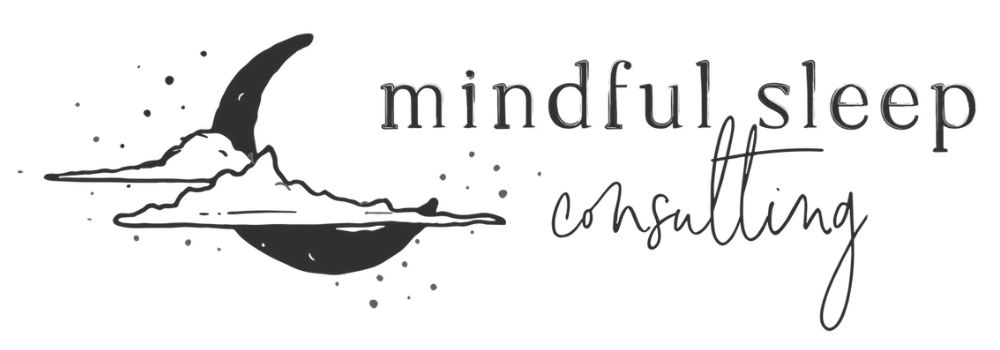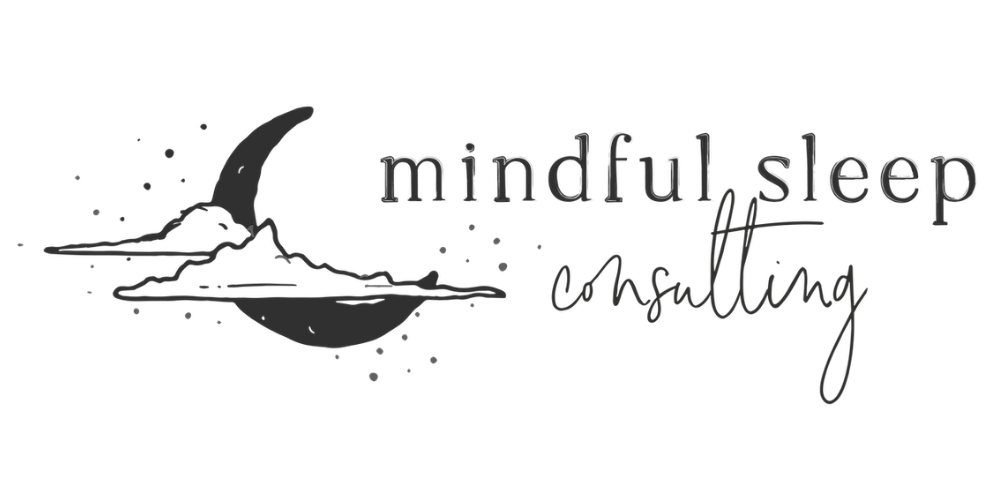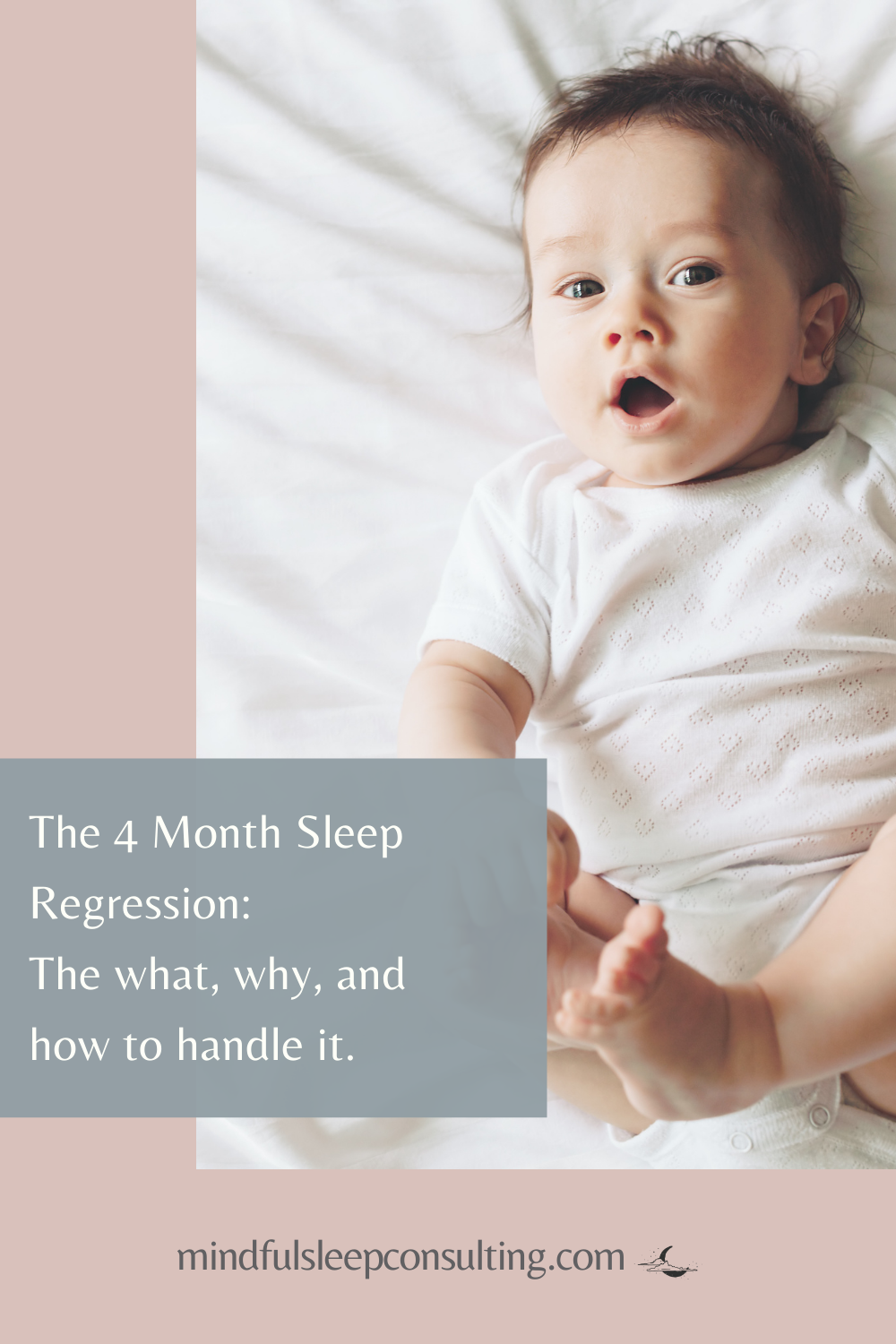The Breakdown on the 4 Month Sleep Regression
As a pediatric sleep consultant, I hear the term “regression” used to describe just about any time when a baby or toddler doesn’t sleep well for a couple of nights. Some people say there’s an eight month regression, a 9 month regression, a 1 year regression, as well as teething regressions, growth spurt regressions, and so on. Others see these as progressions.
However, I think we can all agree that the four-month regression is legit, the real deal, the one to dread. This one doesn’t go away, the changes from this regression/progression are here to stay.
Let’s dive into what’s happening to your baby during this stage by first going over a few things you should know about sleep in general. Here is where I break down the science part.
Often times, sleep is looked at as an on-off switch, that you are either asleep or you’re not. But sleep actually has four different stages that make up the “sleep cycle,” which we go through several times a night.
The Stages
Stage 1 is that initial stage we’re all familiar with where you can just feel yourself drifting off, but don’t really feel like you’ve fallen asleep. Anyone who has ever seen their partner nodding off in front of the TV, told them to go to bed, and gotten the canned response of, “I wasn’t sleeping!” knows exactly what this looks like.
Stage 2 is considered the first “true sleep” stage. This is where people tend to realize, once woken up, that they actually were sleeping. For anyone taking a “power nap,” this is as deep as you want to go, or else you’re going to wake up groggy.
Stage 3 is deep and regenerative. Also known as “slow wave” sleep, this is where the body starts repairing and rejuvenating the immune system, muscles tissue, energy stores, and sparks growth and development.
Stage 4 is REM (rapid eye movement) sleep. This is where the brain starts to kick in and consolidates information and memories from the day before. It’s also the stage where we do most of our dreaming.
Once we have gone through all of the stages in the sleep cycle, we either wake up or come close to waking up, and then start over again until it’s time to get up for the day.
Now what does this have to do with the four month sleep regression?
Newborn babies only have 2 stages of sleep: active (REM) and quiet (non-REM). They spend about half their sleep in each stage. Then, at around the third or fourth month (sometimes as late as month 5), there is a reorganization of sleep. This is where they begin to have the 4-stage method of sleep that they will have for the rest of their lives.
When this change takes place, your baby moves from 50% REM sleep to about 25% in order to make room for those first two stages. Even though REM sleep is light, it’s not as light as the 2 new stages that they are getting used to. So with more time spent in lighter sleep stages, it is more likely that your baby is going to wake up.
It’s important to remember that waking up is absolutely natural, and that we all continue to wake up multiple times a night into adulthood and even more in old age.
But there is one thing that us adults are able to recognize that our babies are not, and that is that when we wake in the night, we know it is still nighttime, that we have a few more hours before the day starts and we can go back to sleep.
And we do! We are able to go back to sleep so quickly that, the next morning, we don’t even remember these brief periods of wakefulness!
A four month old baby, however, has yet to develop these critical thinking skills. If they fall asleep while feeding and then suddenly wake and realize mom is no longer there, it is natural for them to react with tears.
This can stimulate the fight-or-flight response and, next thing you know, your baby is unable to go back to sleep without a significant amount of reassurance that everything is alright.
One of the factors that can contribute to this is that for the last 4 months your little one was used to being put to sleep with a pacifier, rocked, fed, or helped to fall asleep in some way.
Now that your baby is spending more time in light sleep, and therefore has a higher probability of waking up, this suddenly becomes a bigger issue. These sleep props or sleep associations that were once helpful are now backfiring.
Why? Because if these same props aren’t being offered when your baby wakes during the night, it means they will struggle to get back to sleep without them. This is when the fight-or-flight response kicks in with crying and a rush of adrenaline. When this starts happening all throughout the night, parents find themselves being thrown into the depths of sleep deprivation.
Ready for some good news? The four month sleep regression is not actually a regression. A regression is defined as “reversion to an earlier mental or behavioral level,” which is quite the opposite of what your baby is experiencing! That’s why I much prefer to call it the “Four Month Sleep Progression”
Now let’s get to the part you really want to know about, which is how to help your baby adjust to their new sleep cycle.
Step 1: Time to eliminate light in their room. You may feel their room is dark enough, or that your little one is afraid of the dark. Not the case.
Baby’s room should be pitch black. There are many ways to do this! Check out my blog Babies are actually not afraid of the dark. They are, however, responsive to light. Light tells your baby’s brain that it’s time for activity and alertness, therefore causing the brain to secrete hormones accordingly. This is why we want to keep the nursery absolutely pitch black during naps and bedtime.
Step 2: The other robber of daytime sleep, (and nighttime for that matter, although not nearly as often) is noise. Amazon Prime delivery guy ringing the doorbell during nap time sound familiar? Or maybe it’s your dog barking at the butterfly who is surely going to attack your household. Even something as flushing the toilet three rooms away. With your baby spending more time in lighter sleep, these noises can startle them easily and cause them to wake up. This is why a white noise machine is a key element for your baby’s sleep environment.
In a way, this can be considered a sleep prop. However, it is continuous. Therefore you are not having to get up repeatedly to reset, reinsert, or be present in any way. It’s just there and it can be on as long as baby is sleeping. This is what I like to conisder a positive sleep prop! One of my favorite white noise machines is the Yogasleep Dohm!
Step 3: Instituting a bedtime routine is also an essential component to helping your baby sleep well. Keep it simple, no longer than 30 minutes.
I always recommend having the feed at the beginning, otherwise you risk your baby falling asleep while at the breast or bottle. What this does is create or reinforce, the feed to sleep association, meaning baby will want that prop each time they wake during the night.
After you have completed the bedtime routine, you will want to put baby into their crib while they’re still awake.
Step 4: If you notice baby getting fussy before bedtime, it means you’ve probably waited too long. A four month old baby only has a wake window of about two hours. Their ideal bedtime is between 7 and 8 at night.
In conclusion…
Undoubtedly, there will be regressions, actual regressions, later on in your little one’s life. Traveling, illness, teething...all of these things can cause your baby to have a few rough nights of sleep in a row. Luckily, when it comes to the four month “progression,” it’s a one-time thing. Once you make it through this, your baby will have officially moved into the sleep cycle that they’ll essentially have for the rest of their life.
As parents, we teach our children many skills such as crawling, walking, and riding a bike. Sleep happens to be another one of those opportunities where we can teach them a skill. By taking the time to teach them how to connect their sleep cycles together independently, you give them a gift that they’ll enjoy for the rest of their lives.
It’s important to remember that all children are different. Some may take to this process easily, while others may be a little more resistant.
If your baby has passed the 4 month sleep regression, or if you feel like you are still dealing with it months later, it may be time to sleep train!
You don’t have to wait until you reach your breaking point with the sleep deprivation (like myself and so many others have!). We can begin as soon as you are ready! Not quite sure yet? Let’s start with one of my free 30-minute calls to see if working together would be a good fit.
I am here to be your go-to person, to answer your questions and support you, making the sleep training process easier on the whole family!
Sleep easy,
Yasmin Johnston
Your Pediatric Sleep Consultant



